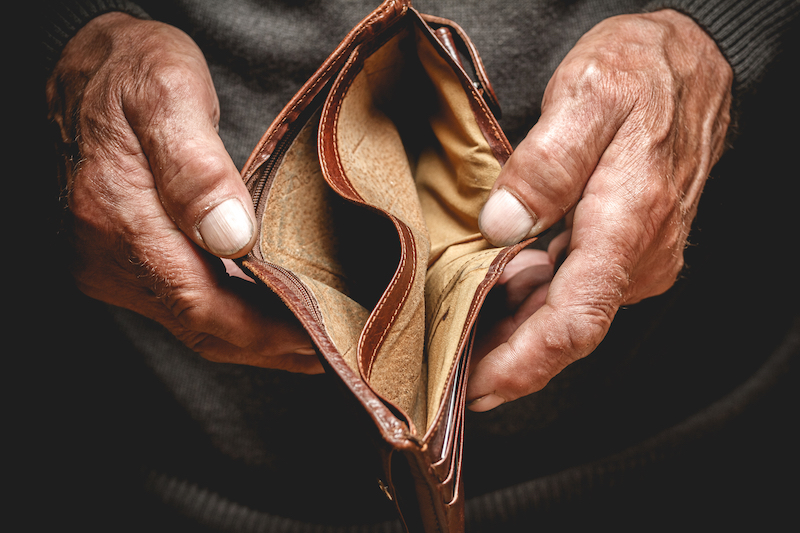Money Sullies Art: One less ear
Is the widely held view that art should never be produced with the market in mind a luxury of the privileged?
Words: Carrie Miller
WE LOVE THE STORY of Vincent Van Gogh, the post-Impressionist painter sent mad by his tortured genius who only sold one picture in his lifetime. What is it that continues to appeal to us about the fact that one of the great artists of Western modernity died a commercial failure?
Our romantic view of Van Gogh’s artistic suffering is emblematic of the still widely held view that art should never be produced with consideration for the market and that real artists should be prepared to end up like him, with one less ear but their artistic integrity intact.
A casual glance at an artist’s life in contemporary Australia abruptly punctures this quixotic narrative and demonstrates that the old art-commerce dichotomy is the luxury of the privileged. Not only is it an invention of elites who had access to art, both as patrons and as audiences, it is also an easy stance to take if you’re an artist whose father is a banker.
This generation of emerging artists has to carve out a career at a time of $1-million starter properties and $10 schooners. One of the most promising, Sabella D’ Souza, has a practice that is largely video-based and there- fore not so consumer friendly. D’Souza claims she doesn’t know anyone who assumes they will make money out of art; certainly, “no one comes into art thinking they can survive off it”. She is a full-time student working part-time jobs supplemented by government payments and the occasional paid speaking gig on an art panel. And D’Souza is one of the fortunate ones: “I’m financially stable only because I’m privileged enough to have parents who got tertiary educations and want me to have one too.”
Artists of D’Souza’s generation are more likely to see the art-commerce dichotomy as a false one. For them, the walls between commercial and high art forms have largely crumbled and the business of cultural production is no longer considered an elite enterprise. Artists like D’Souza tend to reject the idea that artists have to starve to be considered the genuine article. As she points out: “I suffer all the time, but it doesn’t make my art any good.”
For many artists who are pulling beers and waiting tables to make ends meet, it would seem kind of stupid not to be smart about the commercial potential of what they make. It’s natural for them to ask themselves: “will this sell?”; “how much can I sell it for?”; “how much should I sell it for?”. These questions certainly sharpen an artist’s decisions about what to make, but it doesn’t necessarily follow that commercial considerations change the meaning or value of an artwork.
Perhaps the most successful art practices are those where, as D’Souza says, “even the act of selling the work in the first place becomes part of the artistic performance”. David Capra, an artist known for his delightfully wacky performances with his sausage dog Teena, is the perfect example of a contemporary artist who has elements of their practice that are overtly commercial without undermining its intrinsic value.
Conjuring the spirit of Andy Warhol and the business savvy of Kylie Jenner, Capra once spruiked his limited-edition, wet doggy smelling perfume on breakfast television.
D’Souza has her first solo show this year at Sydney’s Firstdraft. She says she’s thinking of making “some commemorative Julia Roberts plates to offset the cost”, demonstrating the fact that, in the face of the Sisyphean task of having a commercially successful art career, a sense of humour is priceless.
This article was originally published in Art Collector issue 88, APR – JUN 2019.







